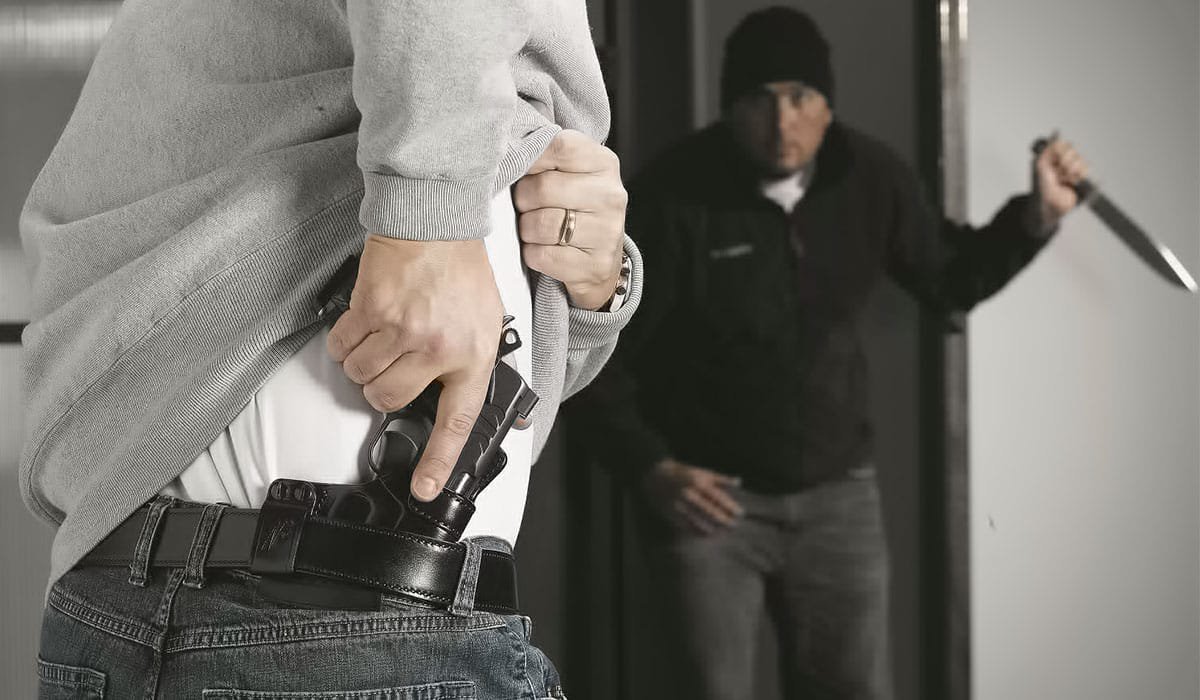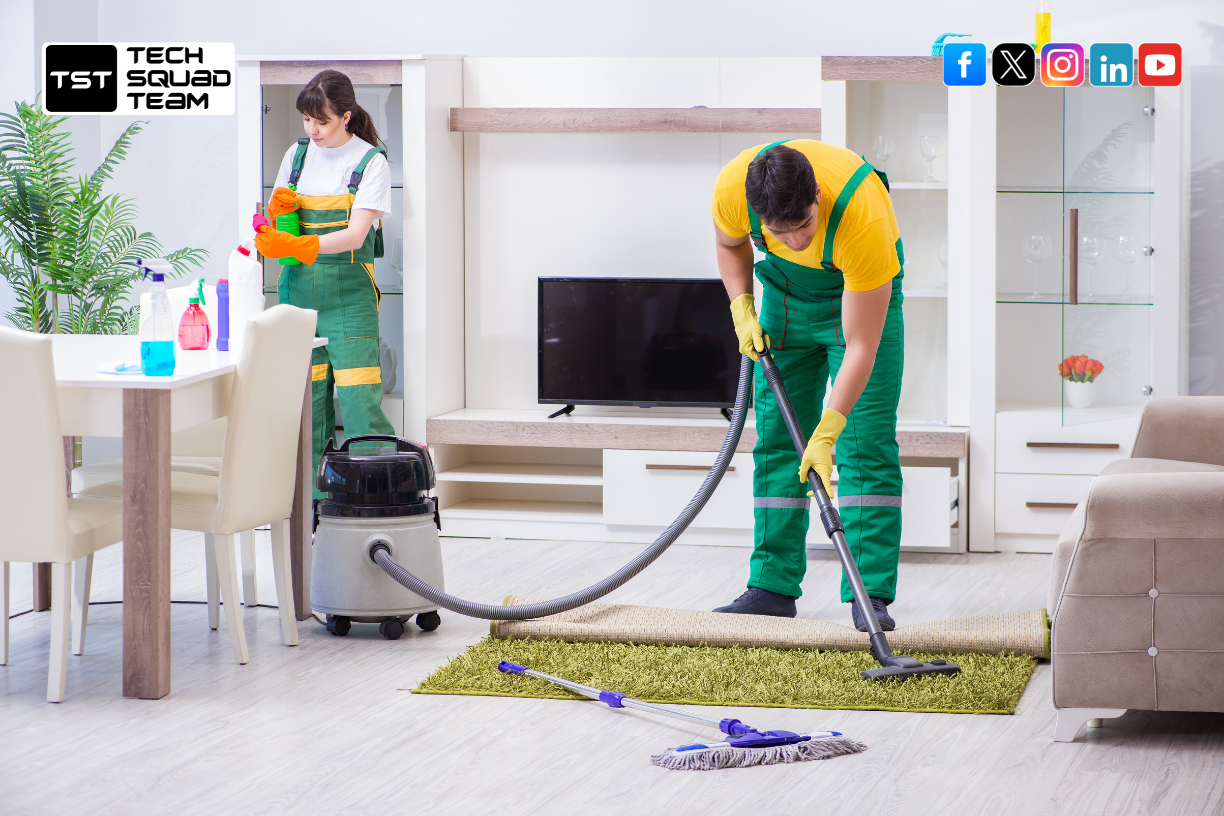Self-defense is a fundamental right, but using a firearm in critical conditions requires careful judgment and responsibility. Understanding when and how to act in life-threatening situations can mean the difference between survival and unnecessary violence. Proper training, situational awareness, and adherence to legal and ethical standards are essential for responsible firearm use. Mental preparedness plays a crucial role, as making split-second decisions under stress can be overwhelming. Evaluating threats realistically and knowing de-escalation techniques can help prevent avoidable conflicts.
Additionally, understanding state laws regarding self-defense and justified use of force ensures that firearm owners act within legal boundaries. This article explores the principles of self-defense, legal considerations, and best practices for handling firearms in high-stress situations.Top of Form
Critical Conditions in Self-Defense
Critical conditions refer to situations where a person’s life or safety is at immediate risk due to an aggressive threat. These can include home invasions, violent assaults, or attempted carjackings. In such cases, individuals must assess the level of danger before drawing a firearm. Recognizing imminent threats is key to ensuring that self-defense actions remain justifiable and proportionate. Proper judgment helps avoid misjudging situations and using force unnecessarily.
A firearm should always be the last resort when de-escalation or escape is not possible. Assessing factors such as the aggressor’s weapon, intent, and proximity helps determine the best course of action. Staying composed and making split-second decisions under pressure requires prior training and mental preparedness. Practicing scenario-based training can help individuals develop quick reflexes and sound decision-making skills. Additionally, seeking guidance from experienced professionals enhances one’s ability to navigate life-threatening situations effectively. Understanding the dynamics of critical conditions ensures responsible firearm use while avoiding unnecessary harm.
Legal and Ethical Considerations
Firearm owners must be well-versed in local self-defense laws to ensure their actions remain legally justified. Laws regarding the use of deadly force vary by state, but common legal principles include the Stand Your Ground doctrine, the Duty to Retreat, and the Castle Doctrine. Each principle dictates when and where individuals can legally use firearms for self-defense.
Ethical considerations are equally important. While the law may permit defensive firearm use, moral responsibility requires individuals to act only when absolutely necessary. Using a firearm in self-defense should always prioritize stopping the threat rather than causing harm. Seeking legal counsel and enrolling in self-defense courses can help individuals navigate complex legal frameworks while fostering ethical decision-making in critical conditions.
Training for High-Stress Situations
Proper firearm training plays a crucial role in ensuring safety and effectiveness during high-stress situations. Training teaches firearm owners how to react swiftly and efficiently while maintaining control over their emotions and physical responses. Many firearm enthusiasts improve their skills through institutions like the Grand Island rifle club, where they receive professional guidance on shooting techniques, self-defense tactics, and situational awareness.
Training also covers essential aspects such as drawing a firearm under pressure, firing accurately in unpredictable conditions, and understanding when not to shoot. Repeated exposure to simulated high-stress scenarios helps individuals develop muscle memory and confidence. Responsible gun ownership includes ongoing training to refine skills and adapt to evolving self-defense strategies.
Situational Awareness and Threat Assessment
Situational awareness is a critical skill that helps individuals recognize potential threats before they escalate into violent encounters. Being aware of one’s surroundings, identifying unusual behavior, and avoiding dangerous areas reduce the likelihood of encountering life-threatening situations. Good situational awareness allows individuals to take preemptive actions, such as altering their route, alerting authorities, or preparing for self-defense if necessary.
Threat assessment involves evaluating the severity and immediacy of danger. Not all threats require the use of a firearm—verbal warnings, non-lethal deterrents, or seeking assistance from law enforcement can be effective alternatives. By developing strong situational awareness, individuals can make informed decisions in critical conditions and reduce the need for firearm use.
Responsible Firearm Use in Self-Defense
Even in the most dangerous situations, responsible firearm use is essential. Adopting best practices ensures safety, legal compliance, and ethical decision-making. Key principles include:
- Only use a firearm when absolutely necessary: Avoid escalating conflicts and resorting to deadly force unless faced with imminent danger.
- Maintain firearm proficiency: Regular practice at shooting ranges and self-defense courses enhances accuracy and preparedness.
- Store firearms securely: Keeping firearms in a safe and accessible location prevents unauthorized use and ensures quick access when needed.
- Understand the consequences: Using a firearm in self-defense carries legal and emotional ramifications; being prepared for legal proceedings and psychological effects is essential.
By following these best practices, individuals can protect themselves and others while upholding responsible firearm ownership.
Final Words
Navigating critical conditions in self-defense requires a balance of legal knowledge, ethical responsibility, and firearm proficiency. Making the right decision in high-pressure situations demands situational awareness, thorough training, and a deep understanding of self-defense laws. Whether through firearm safety courses, hands-on training, or memberships in shooting clubs, continued education is vital for responsible gun ownership.
Regular training not only improves accuracy and reaction time but also builds confidence in handling stressful encounters. Understanding when to draw a firearm and when to de-escalate a situation is just as important as knowing how to shoot. Engaging in scenario-based training exercises can prepare individuals for real-world threats by simulating high-risk encounters. Responsible gun owners also study state-specific laws to avoid legal repercussions and ensure their actions align with legal self-defense frameworks. By preparing for the unexpected, individuals can ensure they act wisely and justly when faced with life-threatening situations, protecting both themselves and those around them.
















Leave a Reply